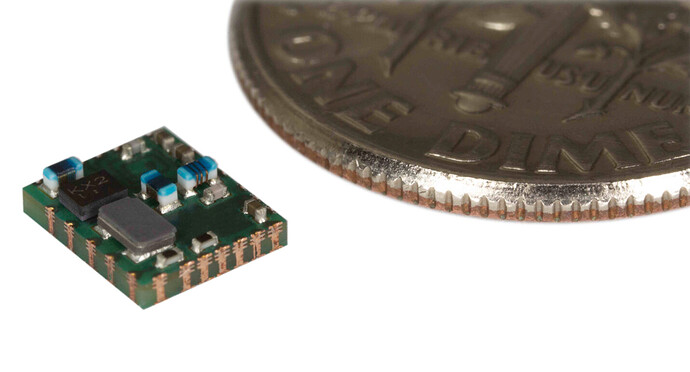MICS-Band RF Miniaturized Standard Implant Module (MiniSIM)
The ZL70323 implantable radio module is a high-performance, easy-to-use RF module based on the ZL70103 MICS-band transceiver IC. The module is small and is designed to provide good performance while consuming very little power. The ZL70323 RF module integrates all the circuitry and functionality required to deploy a complete radio solution for implantable applications. This allows the circuit complexity to be reduced to placing one single package on your implantable application board.
https://www.microsemi.com/existing-parts/parts/137900
